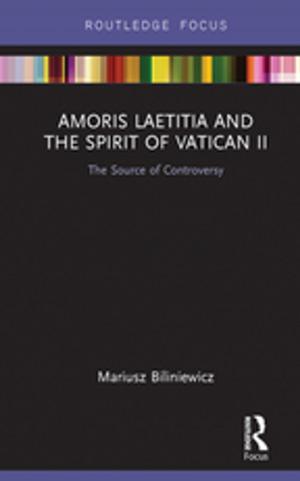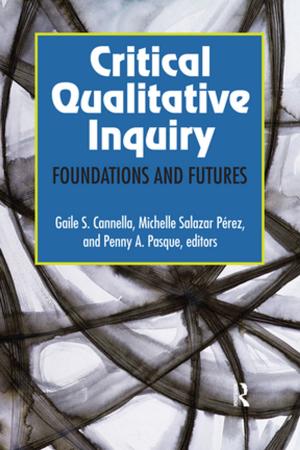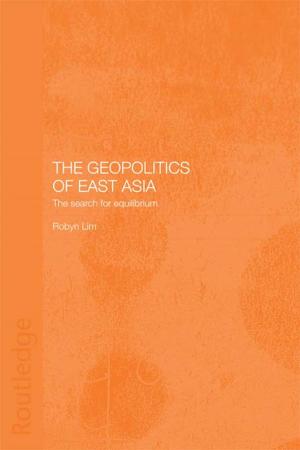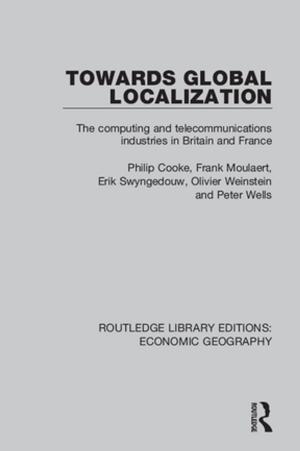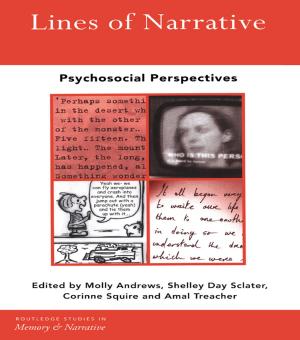Intermediality
Teachers' Handbook Of Critical Media Literacy
Nonfiction, Reference & Language, Education & Teaching| Author: | Ladislaus Semali | ISBN: | 9780429979354 |
| Publisher: | Taylor and Francis | Publication: | February 2, 2018 |
| Imprint: | Routledge | Language: | English |
| Author: | Ladislaus Semali |
| ISBN: | 9780429979354 |
| Publisher: | Taylor and Francis |
| Publication: | February 2, 2018 |
| Imprint: | Routledge |
| Language: | English |
With the ever-growing proliferation of electronic and other popular media, the complexity of relationship between what students see and hear, what they believe and how they interact with one another underscores now, more than ever, the need for across-the-curriculum teaching of critical thinking, critical reading, and critical viewing skills. The emerging consensus is that teaching critical viewing skills bolsters students' abilities in traditional disciplines, combats problems of youth apathy, violence, and substance abuse, and improves students', parents, and teachers' attitudes' toward school.Intermediality: Teachers' Handbook of Critical Media Literacy challenges the practice of teaching the classics and the canon of acceptable literary works far removed from students' experiences, with emphasis on learning environment over the presentation of any specific or specified content. The authors, Ladislaus Semali and Ann Watts Pailliotet, present literacy education as ?intermedial? in nature?it entails constructing connections among varying conceptions and sign systems. Reading printed texts requires more than simply decoding letters into words or sounds; it involves finding meaning, motive, structure, and affect. The same goes for reading the electronic text. The authors argue for the discourse of literacy to take up a critical stance by examining a whole wide array of texts that form the meaning-making process of the looming information age.Intermediality examines, extends, and synthesizes the existing literary definitions, texts, theories, processes, research and contexts. It brings into focus the possibilities of working with media texts to address questions adapted from linguists and literary educators. Thus, in this book, critical media literacy becomes a competency to read, interpret, and understand how meaning is made and derived from print, photographs and other electronic and graphic visuals.
With the ever-growing proliferation of electronic and other popular media, the complexity of relationship between what students see and hear, what they believe and how they interact with one another underscores now, more than ever, the need for across-the-curriculum teaching of critical thinking, critical reading, and critical viewing skills. The emerging consensus is that teaching critical viewing skills bolsters students' abilities in traditional disciplines, combats problems of youth apathy, violence, and substance abuse, and improves students', parents, and teachers' attitudes' toward school.Intermediality: Teachers' Handbook of Critical Media Literacy challenges the practice of teaching the classics and the canon of acceptable literary works far removed from students' experiences, with emphasis on learning environment over the presentation of any specific or specified content. The authors, Ladislaus Semali and Ann Watts Pailliotet, present literacy education as ?intermedial? in nature?it entails constructing connections among varying conceptions and sign systems. Reading printed texts requires more than simply decoding letters into words or sounds; it involves finding meaning, motive, structure, and affect. The same goes for reading the electronic text. The authors argue for the discourse of literacy to take up a critical stance by examining a whole wide array of texts that form the meaning-making process of the looming information age.Intermediality examines, extends, and synthesizes the existing literary definitions, texts, theories, processes, research and contexts. It brings into focus the possibilities of working with media texts to address questions adapted from linguists and literary educators. Thus, in this book, critical media literacy becomes a competency to read, interpret, and understand how meaning is made and derived from print, photographs and other electronic and graphic visuals.

